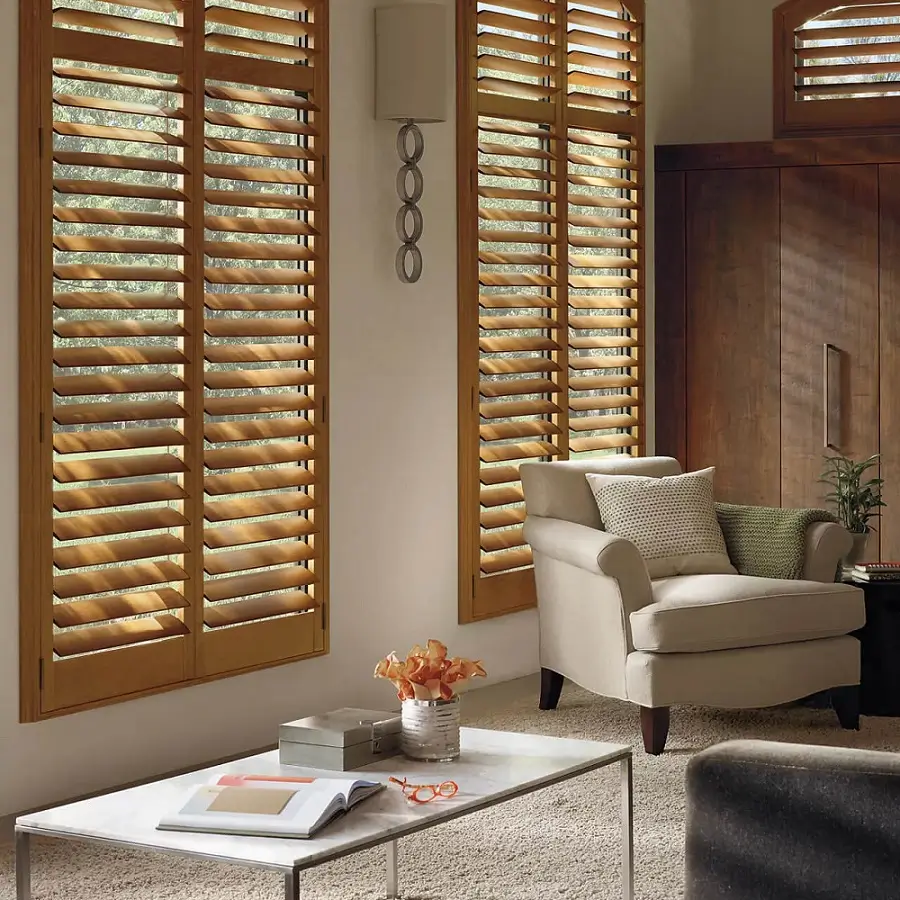Blog

Choosing the Right Blinds for Your Home: A Comprehensive Guide
Blinds are more than just functional window coverings; they can significantly impact the aesthetics and ambiance of a room. With countless options available on the market, selecting the perfect blinds for your home can be a daunting task. However, armed with the right knowledge, you can make an informed decision that enhances both the beauty and functionality of your living space. In this comprehensive guide, we’ll explore various factors to consider when choosing blinds for your home.
- Consider Your Needs and Preferences: Before delving into the specifics of blind types and materials, it’s essential to assess your needs and preferences. Determine the level of privacy, light control, and insulation you require in each room. Additionally, consider the overall style and décor of your home to ensure that the chosen blinds complement the existing aesthetics.
- Understand Different Blind Types: Blinds come in a variety of types, each offering unique features and benefits. Some common types include:
- Venetian Blinds: Versatile and timeless, Venetian blinds consist of horizontal slats that can be tilted to control light and privacy.
- Vertical Blinds: Ideal for large windows and sliding doors, vertical blinds feature vertical slats that can be adjusted to regulate light and maintain privacy.
- Roller Blinds: Simple and sleek, roller blinds are made of a single piece of fabric that rolls up and down, providing effortless light control.
- Roman Blinds: Elegant and sophisticated, Roman blinds fold neatly when raised and create a soft, tailored look when lowered.
- Cellular/Honeycomb Blinds: Known for their energy-efficient properties, cellular or honeycomb blinds feature honeycomb-shaped cells that trap air, providing insulation and reducing energy costs.
- Consider Light Control: The amount of light you want to filter into a room should influence your choice of blinds. If you prefer ample natural light, opt for sheer or light-filtering blinds. For bedrooms or media rooms where light control is crucial, consider blackout or room-darkening blinds that block out sunlight effectively.
- Evaluate Material Options: Blinds are available in various materials, each offering unique characteristics and aesthetics. Common materials include:
- Wood: Wooden blinds add warmth and elegance to any room, but they may not be suitable for high-humidity areas like kitchens and bathrooms.
- Faux Wood: Faux wood blinds mimic the look of real wood but are more affordable and resistant to moisture, making them suitable for humid environments.
- Aluminum: Lightweight and durable, aluminum blinds are an excellent choice for modern spaces, offering easy maintenance and excellent light control.
- Fabric: Fabric blinds, such as Roman and roller blinds, come in a wide range of colors and patterns, allowing you to customize the look of your windows.
- Consider Safety Features: If you have children or pets at home, it’s crucial to prioritize safety when selecting blinds. Look for cordless or motorized options to eliminate the risk of entanglement and strangulation hazards. Additionally, consider investing in blinds with built-in safety features, such as cord cleats or tensioners, to secure loose cords out of reach.
- Factor in Maintenance Requirements: Different blinds require varying levels of maintenance to keep them looking their best. Wood blinds may need occasional dusting and polishing, while fabric blinds may require regular vacuuming or spot cleaning. Consider your lifestyle and willingness to maintain your blinds when making your selection.
- Take Measurements Accurately: Before purchasing blinds, take precise measurements of your windows to ensure a proper fit. Consider whether you want your blinds mounted inside or outside the window frame and account for any obstructions such as window handles or trim.
- Set a Budget: Blinds come in a wide range of price points, so it’s essential to establish a budget before you start shopping. Consider not only the upfront cost of the blinds but also factors such as energy efficiency and durability, which can affect long-term savings.

